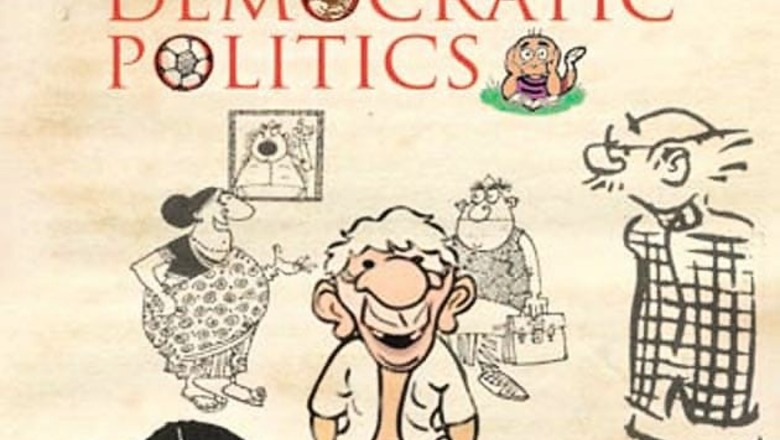
views
It was 2006, the mid of UPA-I tenure, and we moved to Class 9, all enthusiastic about the new subjects. One of the subjects, Social Science, has always been a tough bite for students and Political Science, which comes under it, has always been something interesting. Earlier, we had been reading about the bills and acts of the Indian government, but it was real fun for us now, as we were the first batch to take the revised courses and it was really good to have good illustrated books on world politics.
With due respect to our Parliament as well as its members, here is my take on the ‘Cartoon row’, which was recently discussed in the Lok Sabha.
The book ‘Democratic Politics I and II’ had stories about all the democracies of the world. Today, while going through the news I came across the fact that the government has asked to remove all the political cartoons published in the books. Notably, these cartoons are called ‘cartoons’ because they are just a way to represent an issue in a lighter manner.
Speaking to friends from my batch as well as my juniors, I felt the major reason we enjoyed our political science classes were the illustrated data we found in the books. The cartoons which were mainly aimed at providing a clear view about the issues helped us have a better grip on the topics. “Pictures were easy to remember, than the bulk of text which more or less sound similar,” said one of my class fellows.
I do remember the cartoons which represented the era of Indira Gandhi and the way her Cabinet worked. One of the cartoons depicted the then Cabinet members as small pawns under the might of the only lady Prime Minister of India, Indira Gandhi.
The way the cartoon was portrayed made us realise the gravity of happenings in 1970s, which had led to a big movement in India, the JP movement, marking a milestone in the Indian democracy. I never found any awful representation in those cartoons; rather it made it easier for us to understand the worth of the Prime Minister of India.
The other cartoon under controversy, which portrayed former PM Atal Bihari Vajpayee, highlighted the difficulties of a coalition government. It has always been a topic of discussion why our government is slow in making policies and passing vital bills. The cartoon depicts the former PM sitting on a throne made up of dynamites (the coalition parties’ issues and interests). This made us realise the limitations of a coalition government and the problems faced by its leader in governing a country as diverse as ours.
Another cartoon talked about the vote bank issue, which depicted the importance of caste in Indian politics. The issue has been a major reason behind the success of different parties at different levels. The ways these cartoons have been portrayed in the textbook, it definitely helped us to get the topic deeply.
It never provoked any disregard toward the functioning of Parliament, rather, it helped us understand the functioning of the political bodies.
Today, when I came across the reports and the discussions about the issue of removing the political cartoons from the textbooks of NCERT, I feel it will be a wrong step. These cartoons are meant to give a visual representation to the issues and their possible solutions and outcomes.
So, in a nutshell, I believe that these cartoons are important for the students of Political Science and they in no manner defame the status of Parliament, its members or any political party.


















Comments
0 comment